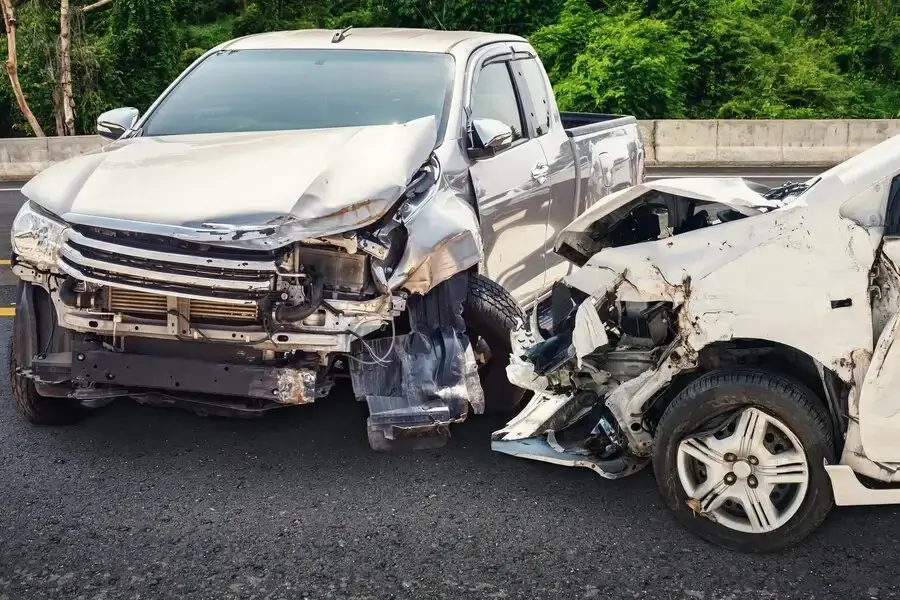personal injury lawyers
Fighting for maximum injury compensation for you and your family
No Fees Until We Win


How To Properly Document The Scene After A Car Accident
Car accidents can be traumatic, leaving victims with physical injuries and emotional distress.
In the after-effects of a collision, it is crucial to document the scene properly to ensure fair compensation and strengthen your case.
In this comprehensive guide, we’ll discuss the importance of documenting the scene, the steps to take after a car accident, and the role of a car accident lawyer in seeking justice.
Let’s process through the essential details that can make a significant difference toward your fair compensation.

Importance of Documenting the Scene
The importance of documenting the scene after a car accident cannot be overstated, as it serves as the initial crucial step toward building a robust legal case.
In the after-effects of an accident, the preservation of evidence becomes paramount.
Proper documentation helps establish the factual circumstances surrounding the incident, creating a foundation for a compelling case.
Clear documentation not only aids in proving liability but also plays a pivotal role in demonstrating the full extent of damages incurred.
This comprehensive approach becomes particularly significant when dealing with insurance claims.
Insurers heavily rely on evidence, and thorough documentation ensures a smoother claims process, minimizing the likelihood of disputes and delays.
Steps to Take After a Car Accident Scene
Steps to take After a car accident, the immediate actions you take can significantly impact the outcome of your case.
Here’s a step-by-step guide on what to do to ensure proper documentation and strengthen your position for fair compensation:
1. Take Pictures And Videos Of The Accident Scene And Injuries
When documenting the accident scene, start by capturing wide-angle shots to provide an overview.
Include elements like traffic signals, road conditions, and weather to establish the context.
Focus on vehicle damage by taking close-ups from multiple angles, aiding in assessing impact and fault determination.
Additionally, photograph any visible injuries, bruises, or cuts sustained during the accident. These visual records serve as powerful evidence.
Record a brief video walkthrough of the scene to complement photos, describing the surroundings and providing context. Videos can capture details that photos alone might miss.
2. Recording Accident Details: Essential Information Gathering
Exchange information with all parties involved, collecting contact details, insurance information, and vehicle specifics.
Ensure to note down the names and contact information of witnesses, as their statements can be crucial in establishing facts.
If law enforcement is present, obtain a copy of the police report, which contains critical information about the accident, including statements from involved parties.
Additionally, document traffic conditions, signals, and any relevant road signs, as this information aids in determining who had the right of way.
3. Photographing and Videographing the Scene: Strengthening Your Case
To further strengthen your case, document the accident scene from different perspectives.
Take photos and videos from various angles to ensure a comprehensive view, facilitating the recreation of the sequence of events.
Record any skid marks, debris, or damage to roadside structures, as these details can provide insight into the speed and force of the impact.
Include photographs of street signs, traffic lights, and signals to establish the environment and traffic regulations at the time of the accident.
4. Capturing Injuries: Importance of Visual Evidence
Seek immediate medical attention after an accident, and keep detailed records of all medical treatments, prescriptions, and doctor’s notes.
This medical documentation strengthens the link between the accident and your injuries.
Additionally, photograph injuries progressively if they evolve. This documentation can be crucial in proving the long-term impact of the accident on your well-being.
5. Obtaining Information from Involved Parties and Witnesses
Collect contact information from everyone involved in the accident, including witnesses.
Their statements can play a vital role in establishing facts and providing additional perspectives.
Consider using mobile apps for efficient exchange of information, streamlining the process, and ensuring accurate documentation.
6. Documentation of Bills and Receipts: Calculating Damages
Keep all bills related to the accident, including receipts for medical expenses and vehicle repairs. These documents serve as tangible proof of your financial losses.
Additionally, calculate the loss of income if the accident has affected your ability to work.
Detailed records of lost wages and other income-related losses are essential for accurately determining the full extent of damages incurred.
See also: What Makes a Good Car Accident Witness Statement?
The Role of a Car Accident Lawyer: Seeking Fair Compensation in NJ Today!
The role of a car accident lawyer is pivotal in processing the complexities of seeking fair compensation in New Jersey today.
When dealing with the after-effects of a car accident, engaging the expertise of a skilled attorney, such as the professionals at Rosengard Law Group, can make a significant difference.
These legal experts bring a wealth of knowledge and experience to the table, guiding individuals through the complex legal processes associated with car accidents.
If negotiations fail, these attorneys are well-equipped to represent clients in court, presenting a compelling case on their behalf.
Their legal expertise ensures that clients are not only aware of their rights but also receive the justice and compensation they deserve.
FAQs
Why is it important to document the scene after a car accident?
Proper documentation preserves crucial evidence, builds a strong case, facilitates insurance claims, and ensures a smoother legal process.
What should I do immediately after a car accident?
Take pictures and videos of the accident scene and injuries, exchange information with involved parties, and seek medical attention promptly.
What are some common mistakes to avoid when documenting the scene after a car accident?
Avoid overlooking injuries, neglecting to collect witness information, and failing to keep detailed records of medical expenses and damages.
Conclusion
Documenting the scene after a car accident is not just a formality; it’s a strategic move that can significantly impact your case.
By following the steps outlined in this guide, you empower yourself with the necessary tools to seek fair compensation and process the complexities of the legal process.
Remember, thorough documentation is the key to turning the tides in your favor and securing the justice you deserve.

Free Injury Case Evaluation
Send the form below and we will call you back in minutes.
…or Call Us Now
856-284-6446
